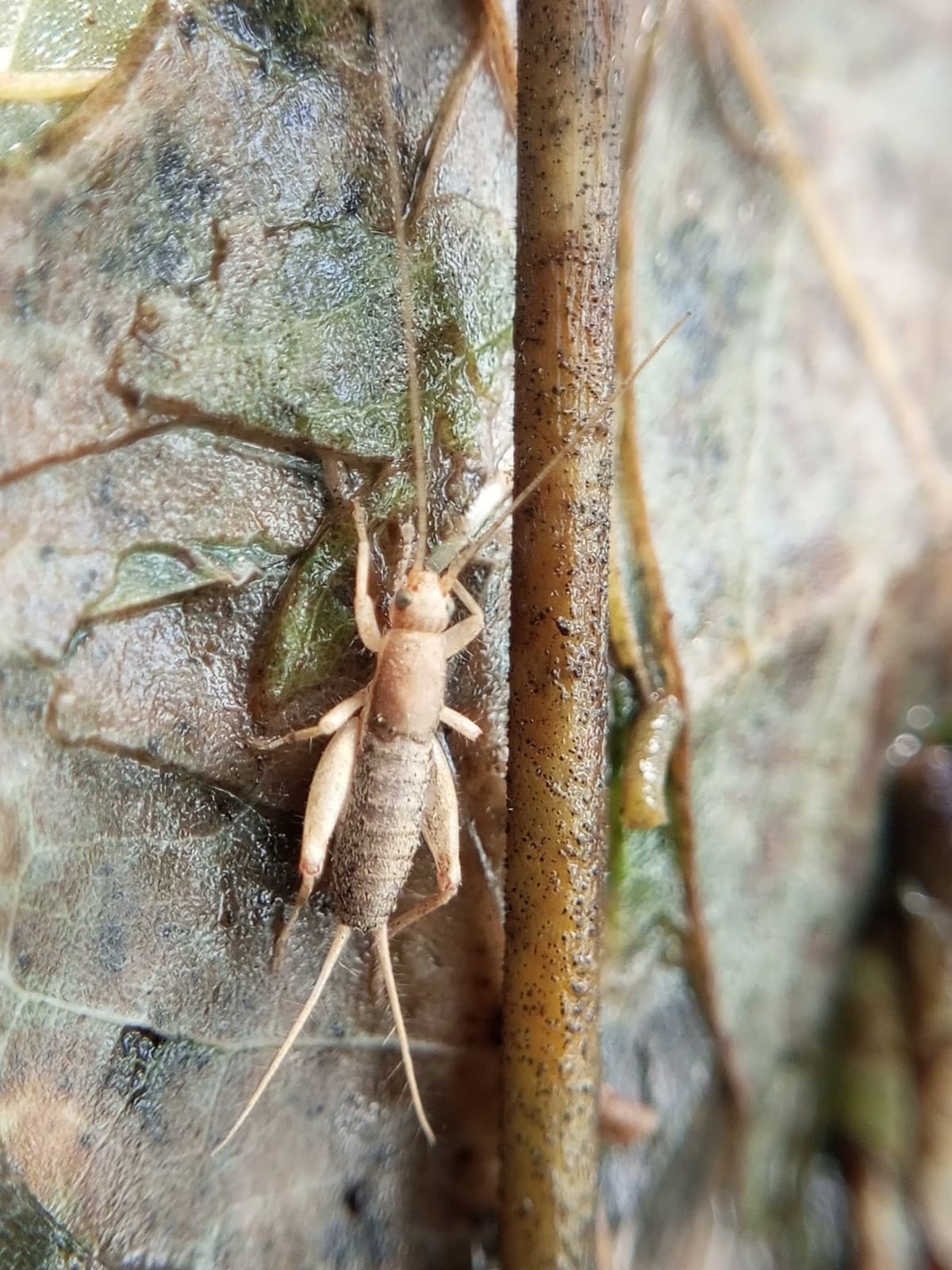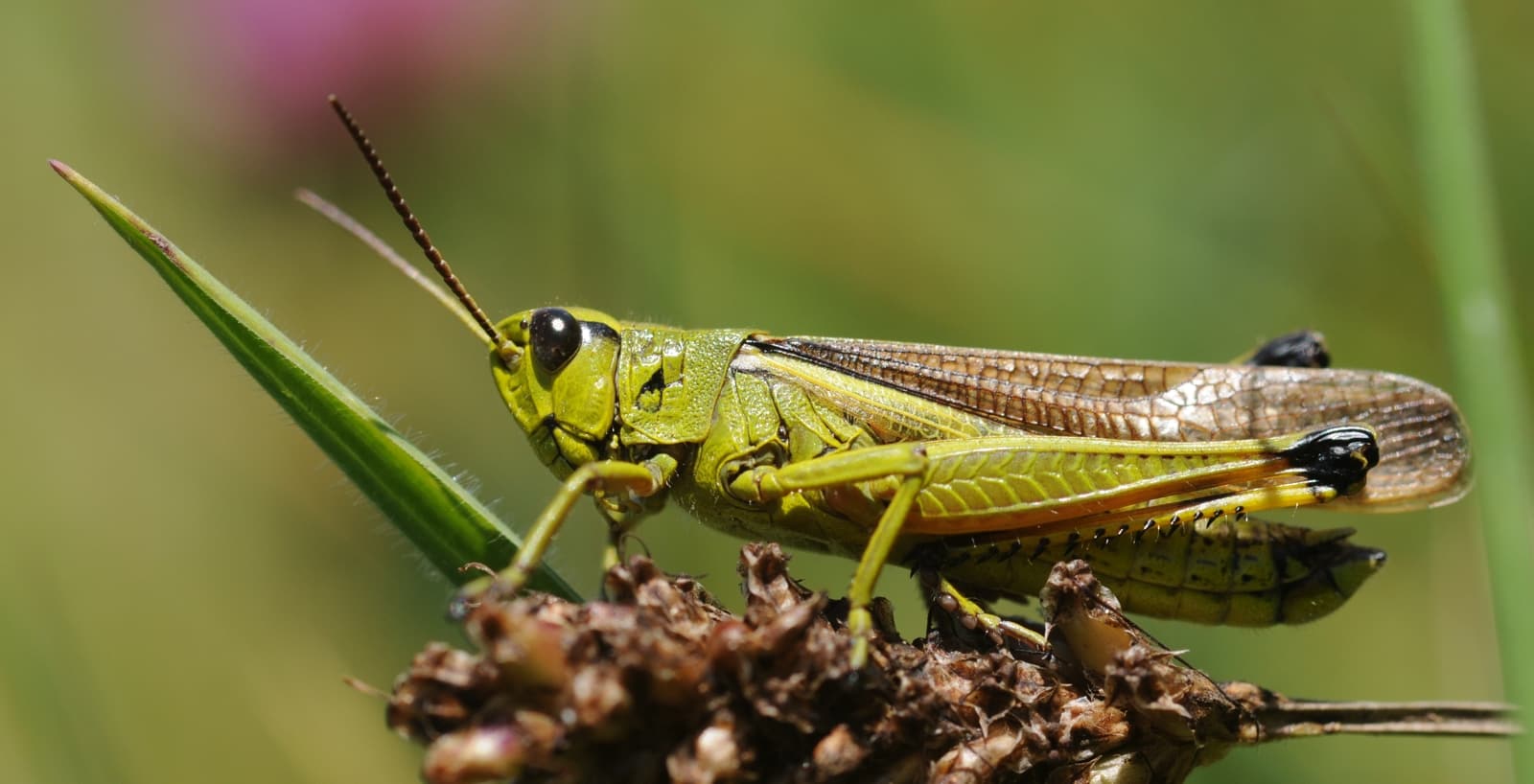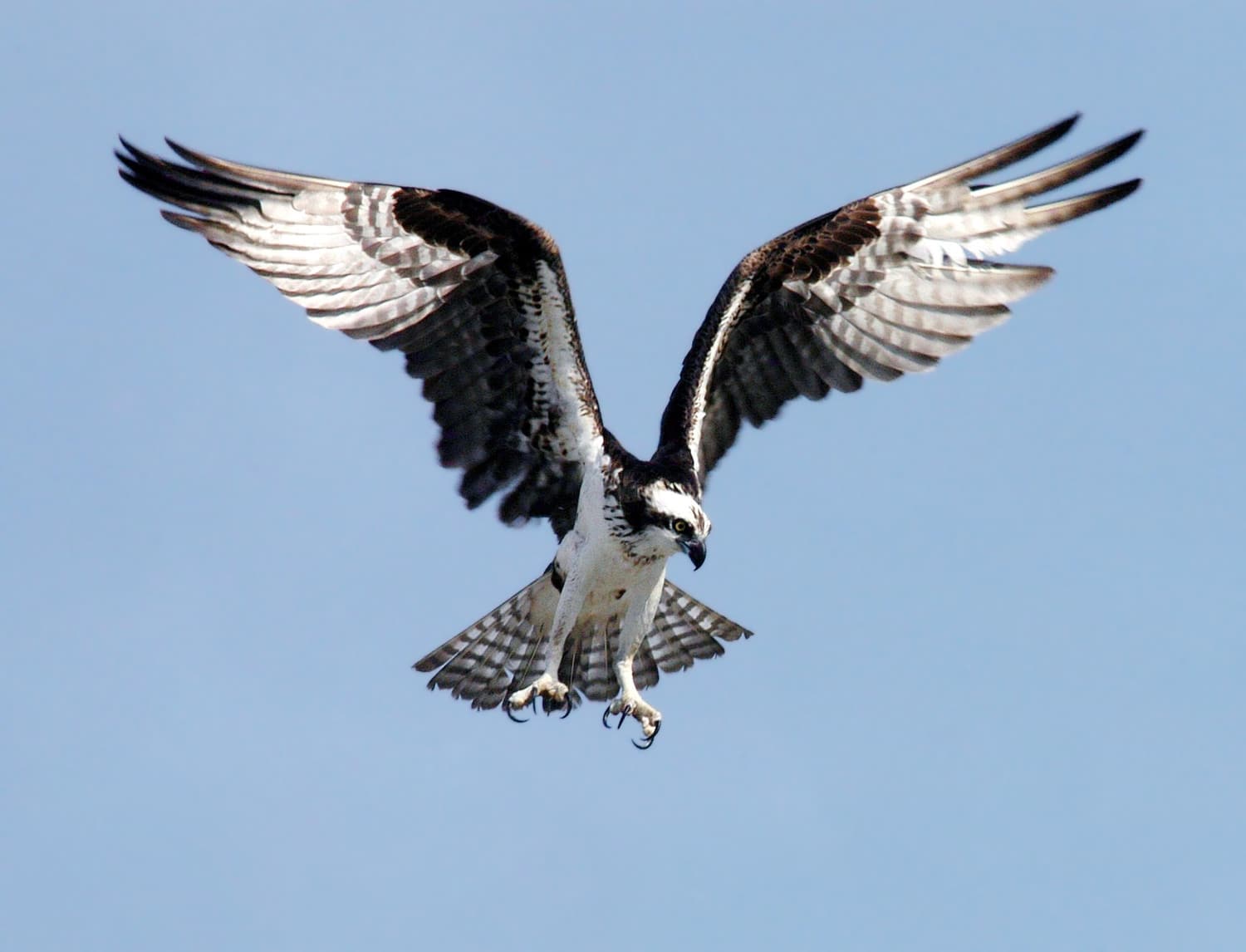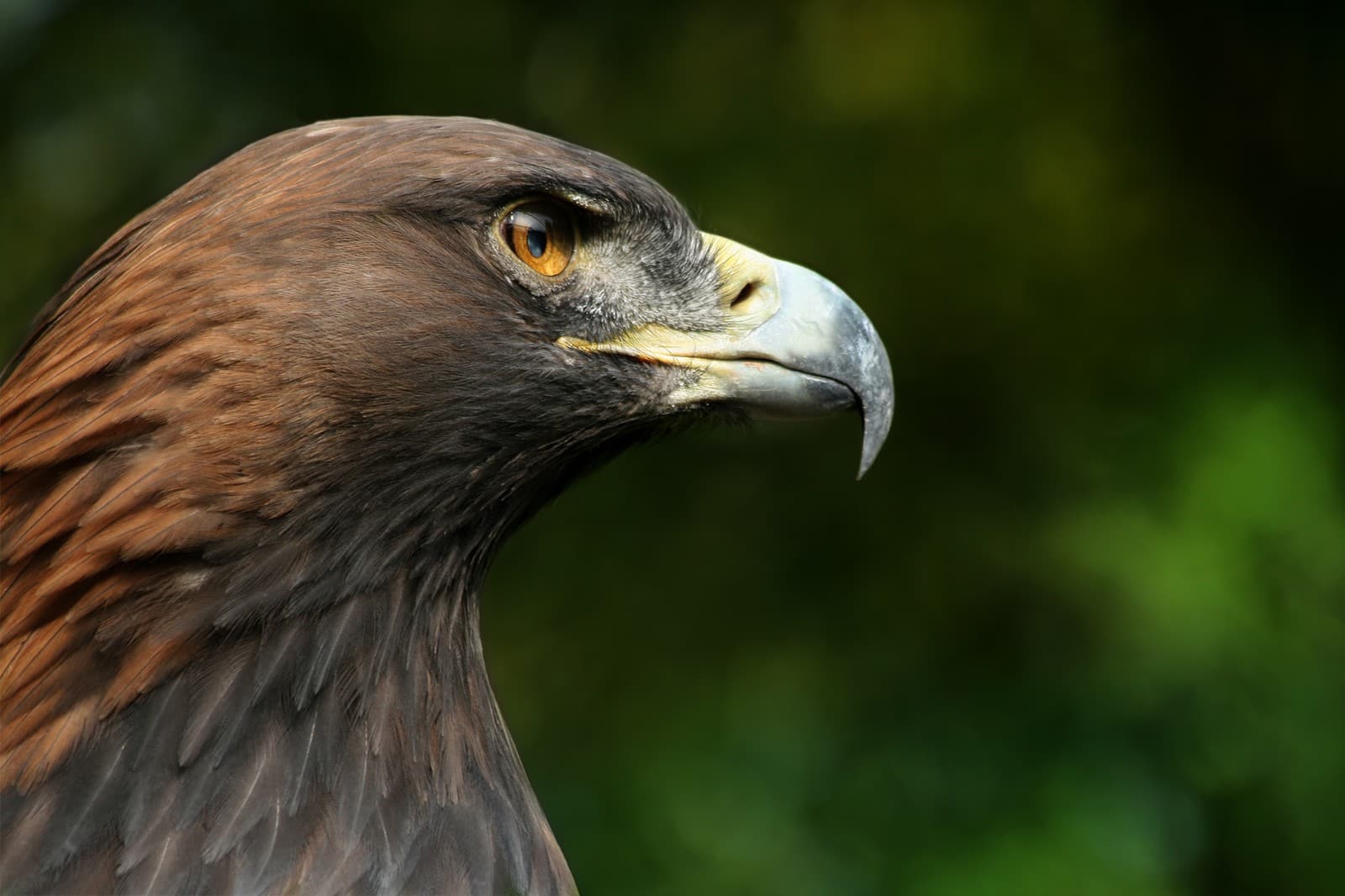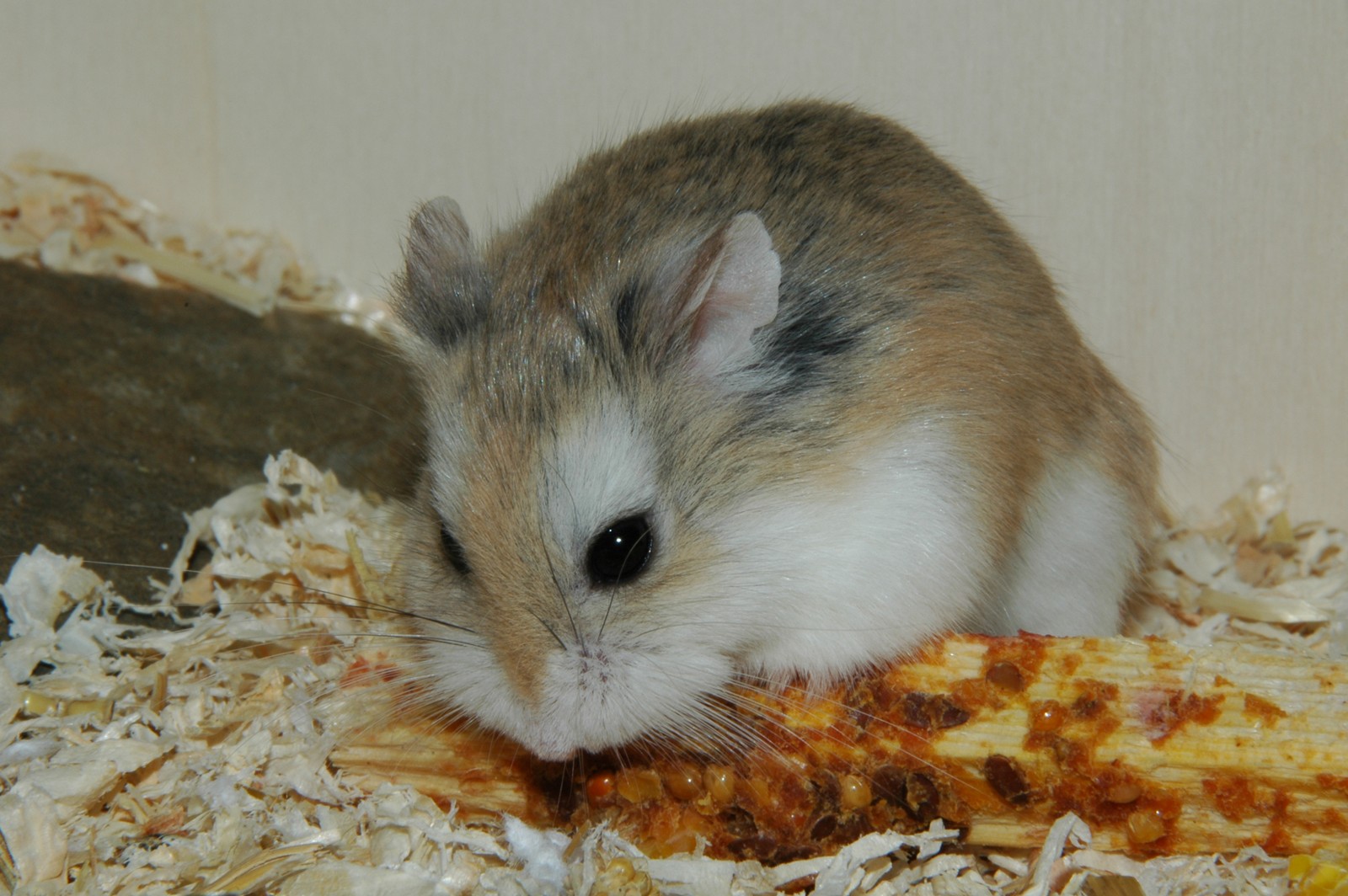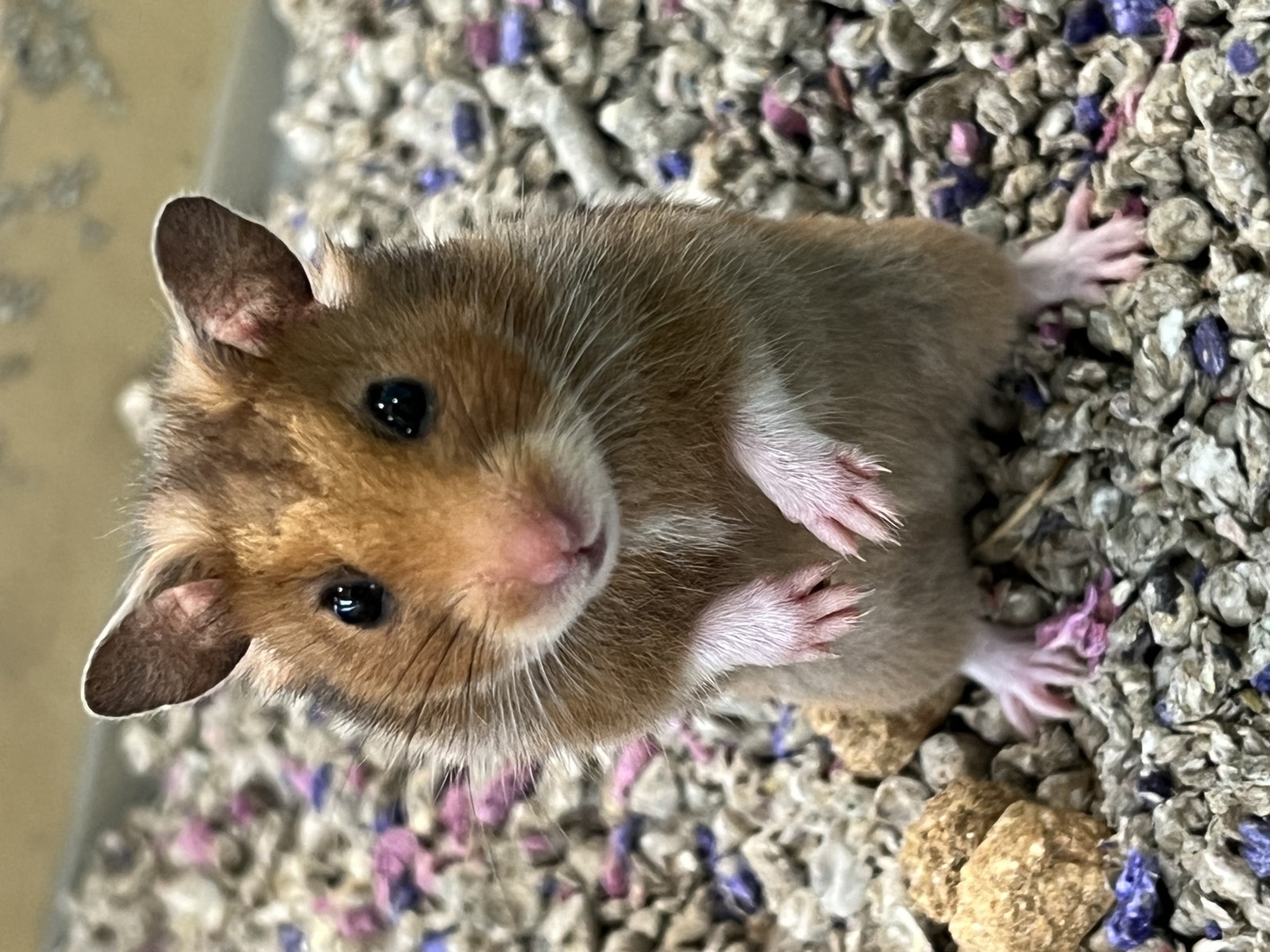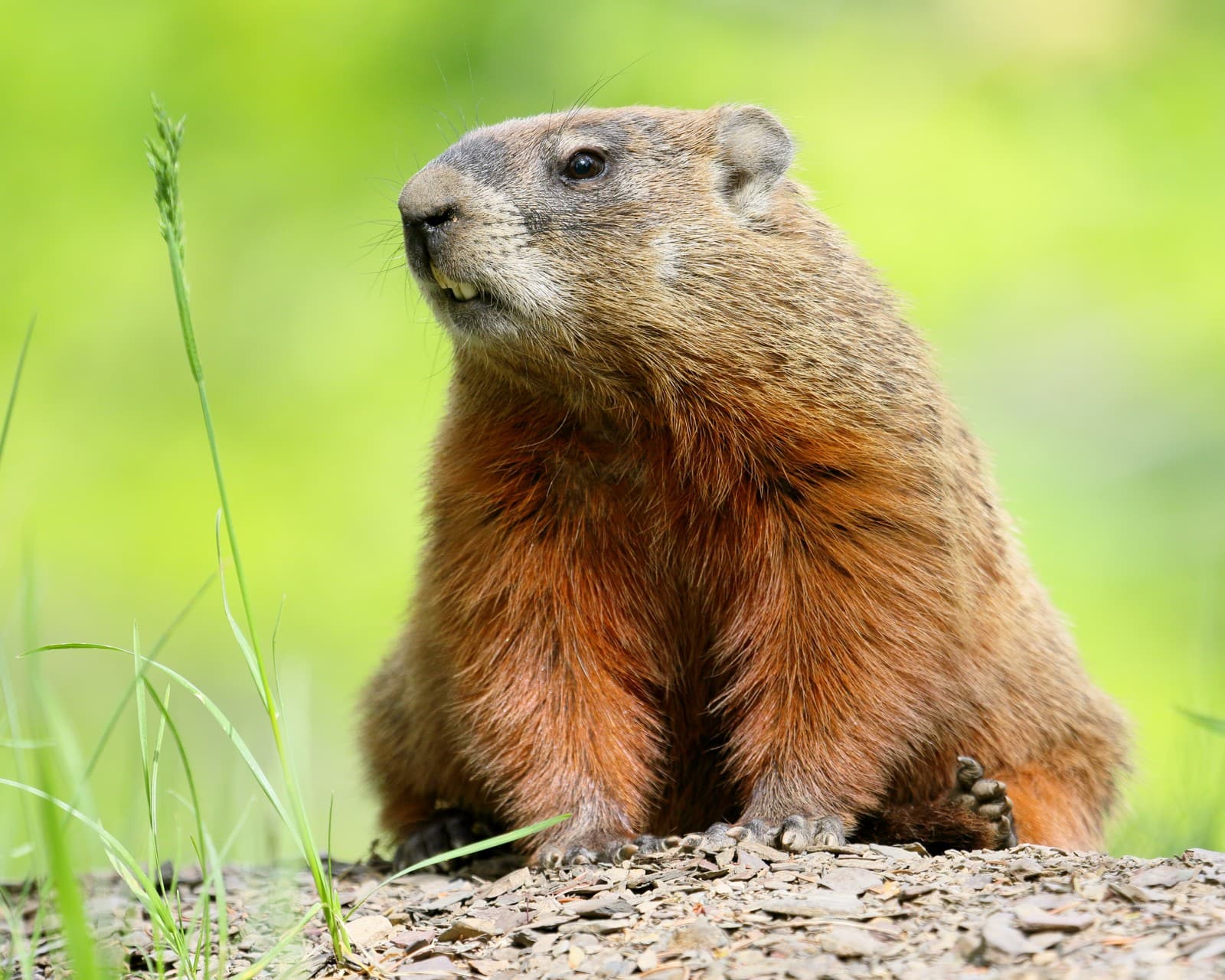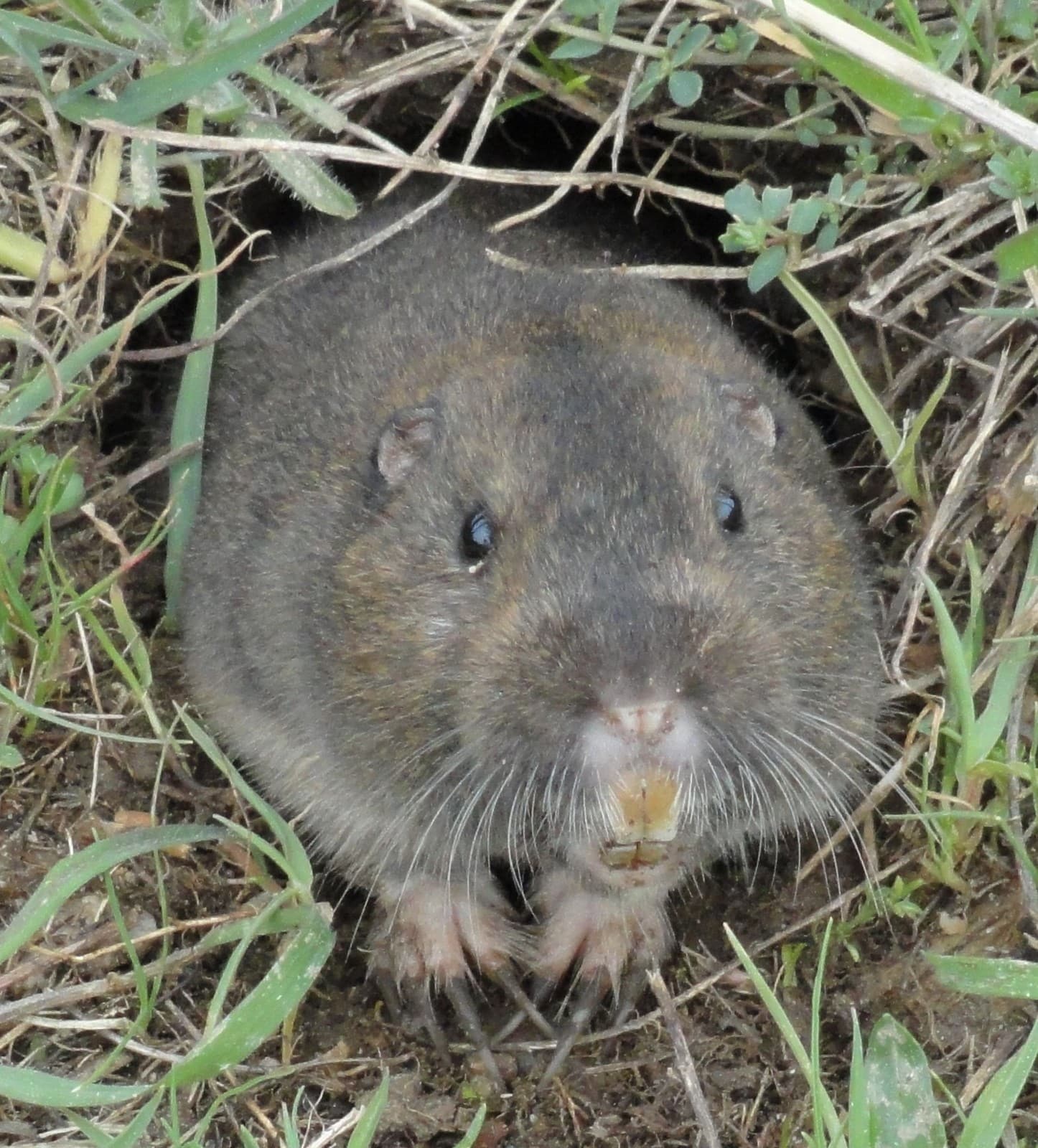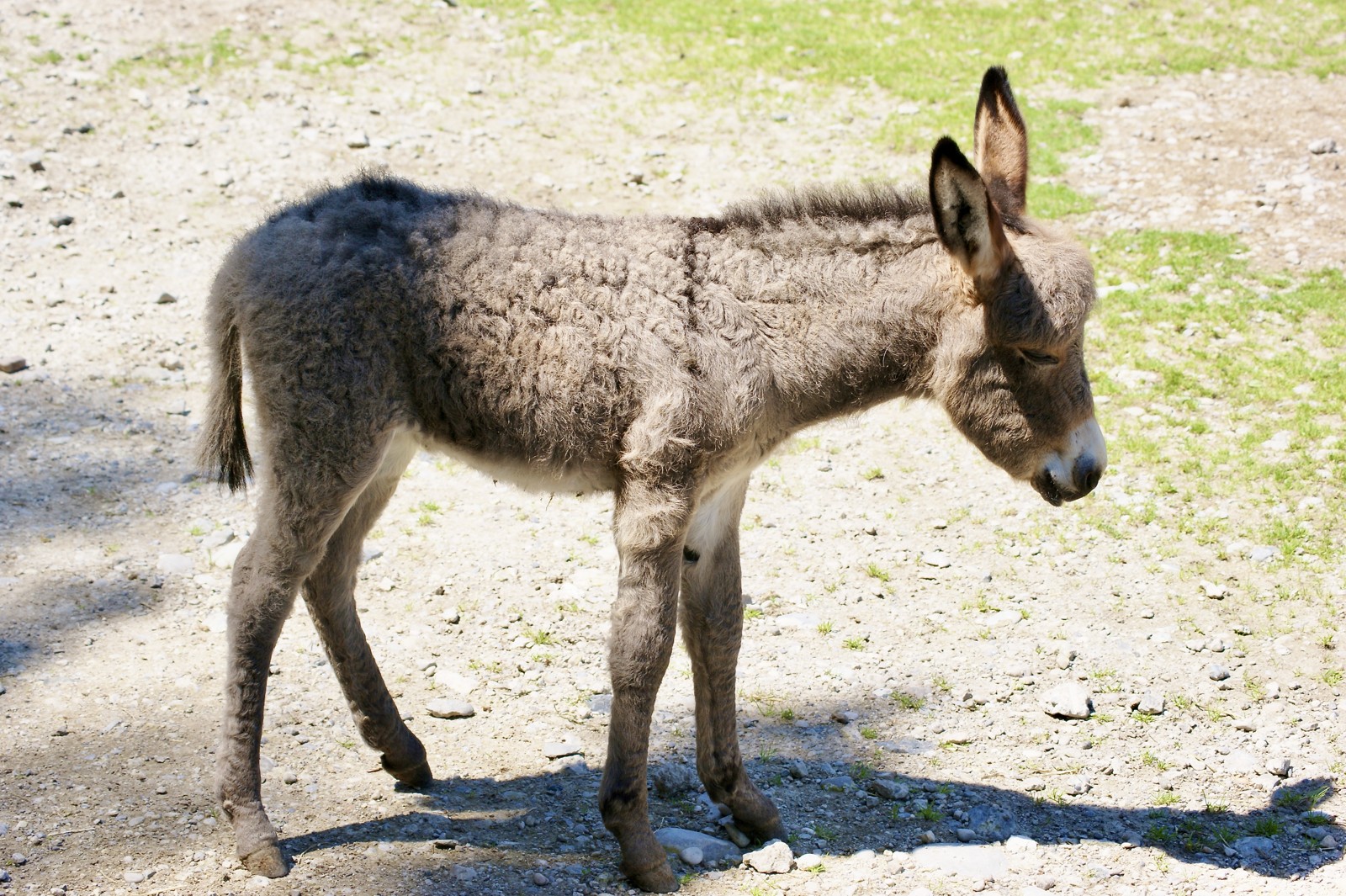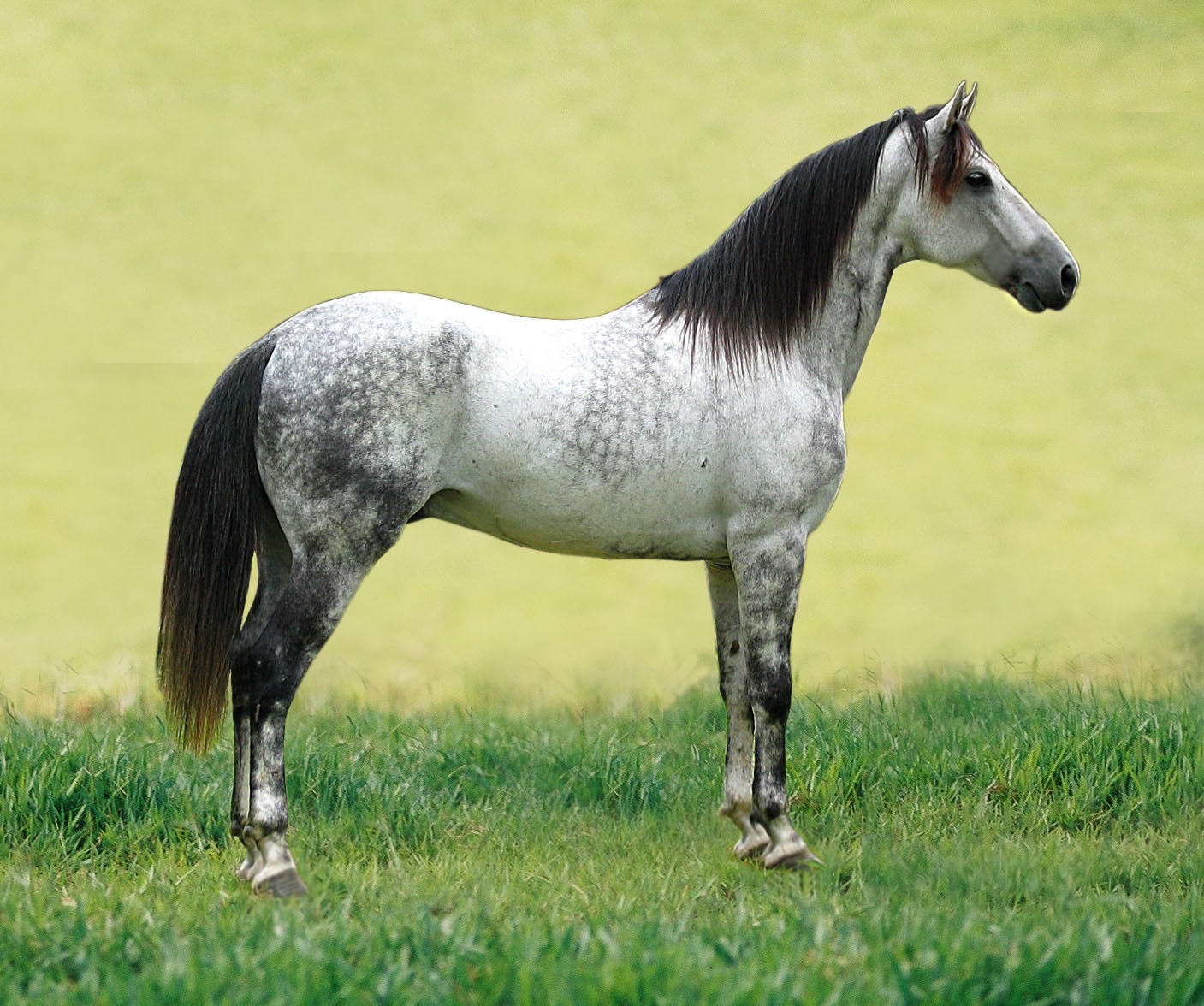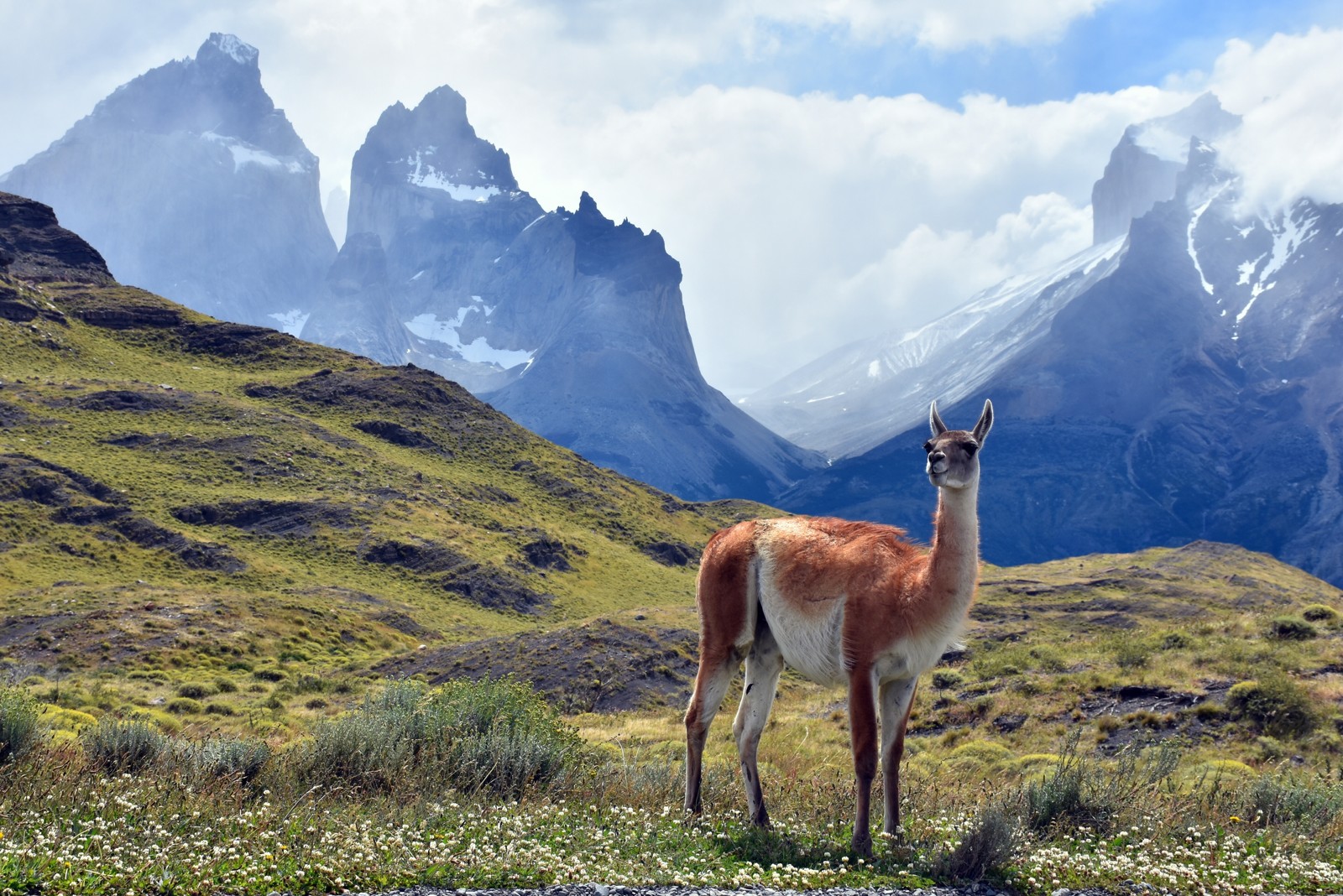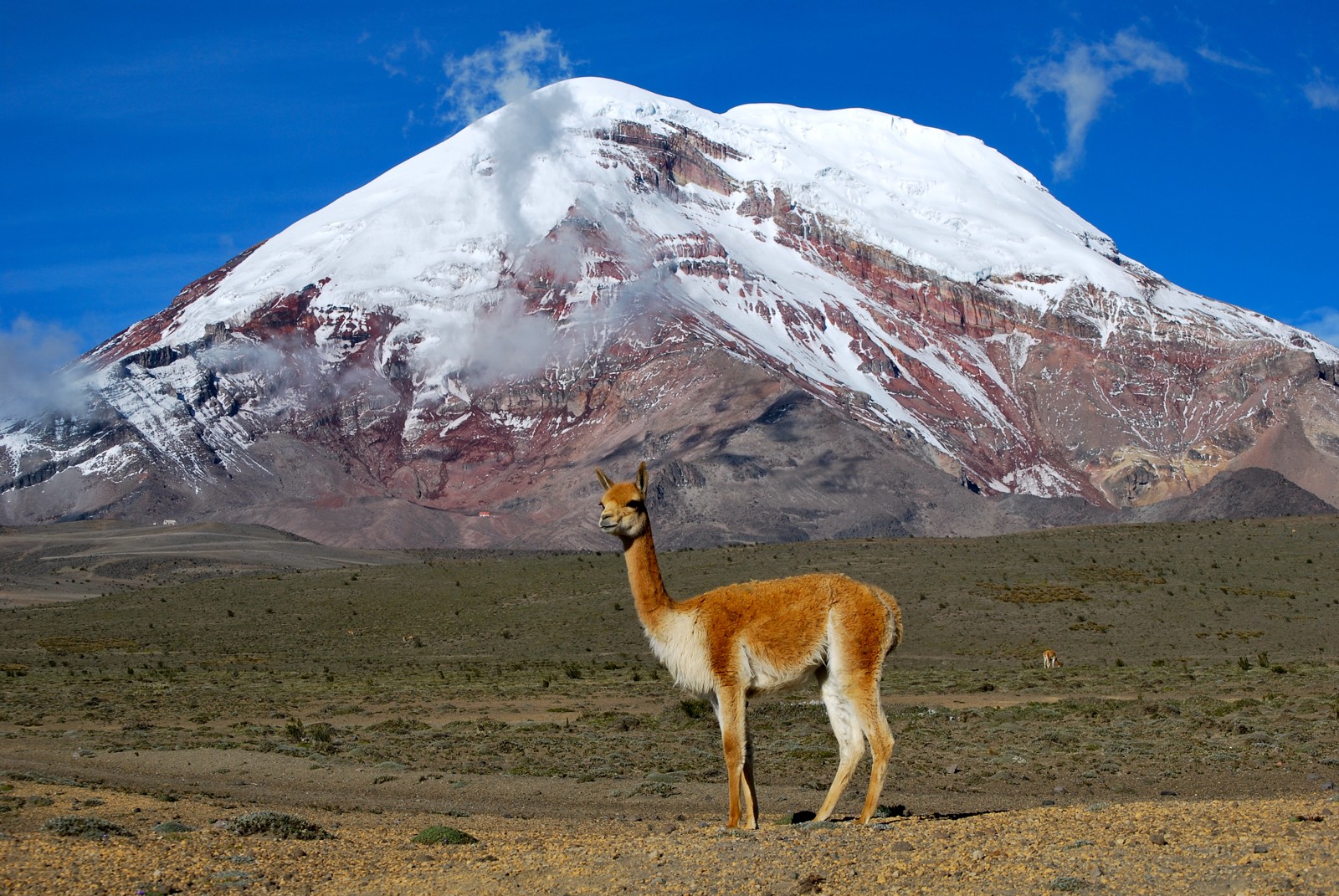Grasshopper vs Locust: A Complete Comparison
The key difference between grasshoppers and locusts lies not in their species, but in their behavior. While all locusts are grasshoppers, not all grasshoppers are locusts. Locusts are actually grasshoppers that can change their behavior and physiology under specific environmental conditions, transforming from solitary insects into devastating swarms that can consume up to 423 million pounds (192 million kg) of plants daily.
This remarkable transformation, known as phase polyphenism, represents one of nature’s most dramatic behavioral shifts. When certain grasshopper species experience crowded conditions and environmental triggers, they undergo hormonal changes that alter their color, metabolism, and social behavior – effectively becoming locusts.
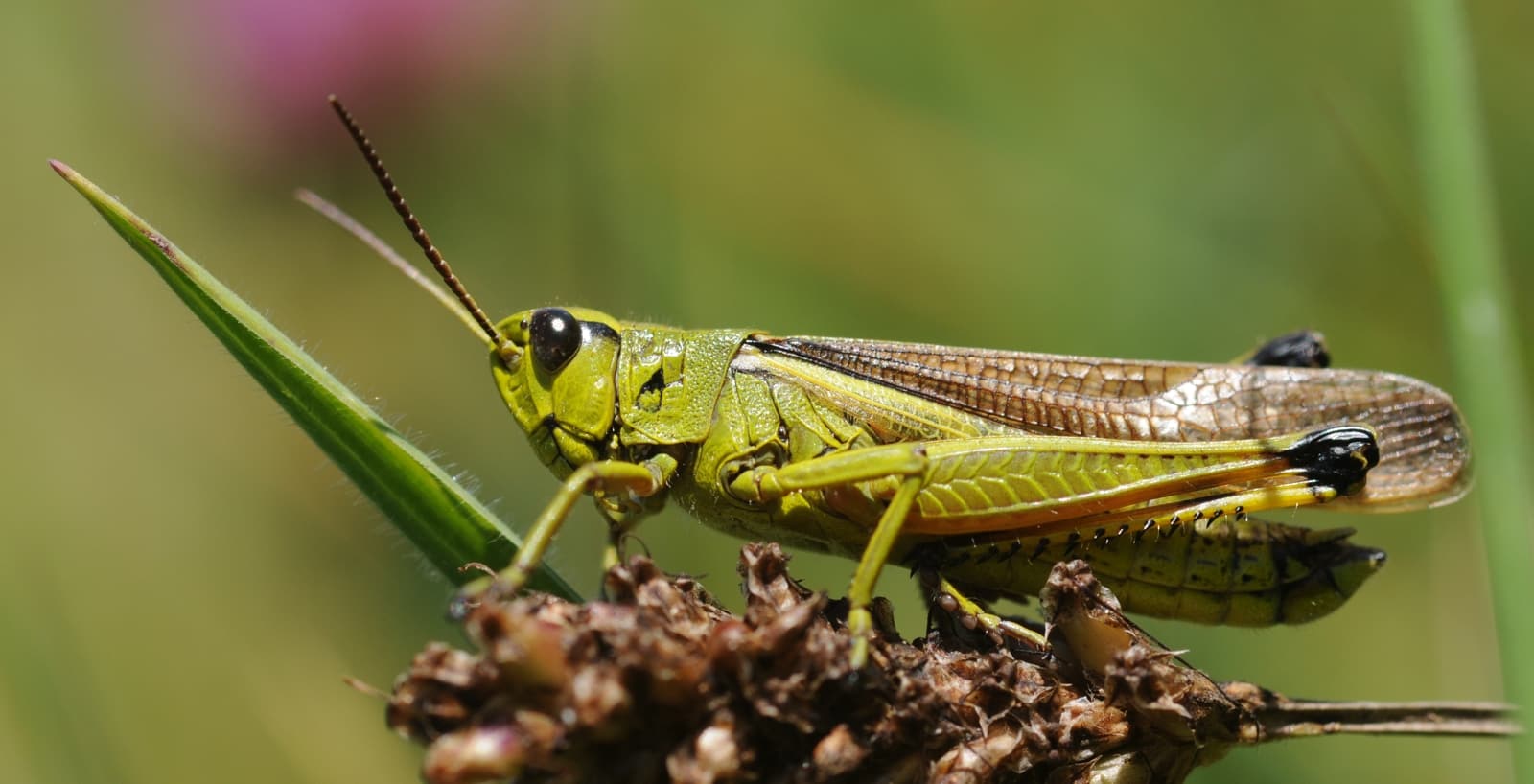
© Thomas Bresson / CC BY 2.0
A solitary grasshopper displaying typical characteristics: vibrant coloration, well-defined features, and the powerful hind legs that enable their characteristic jumping ability.
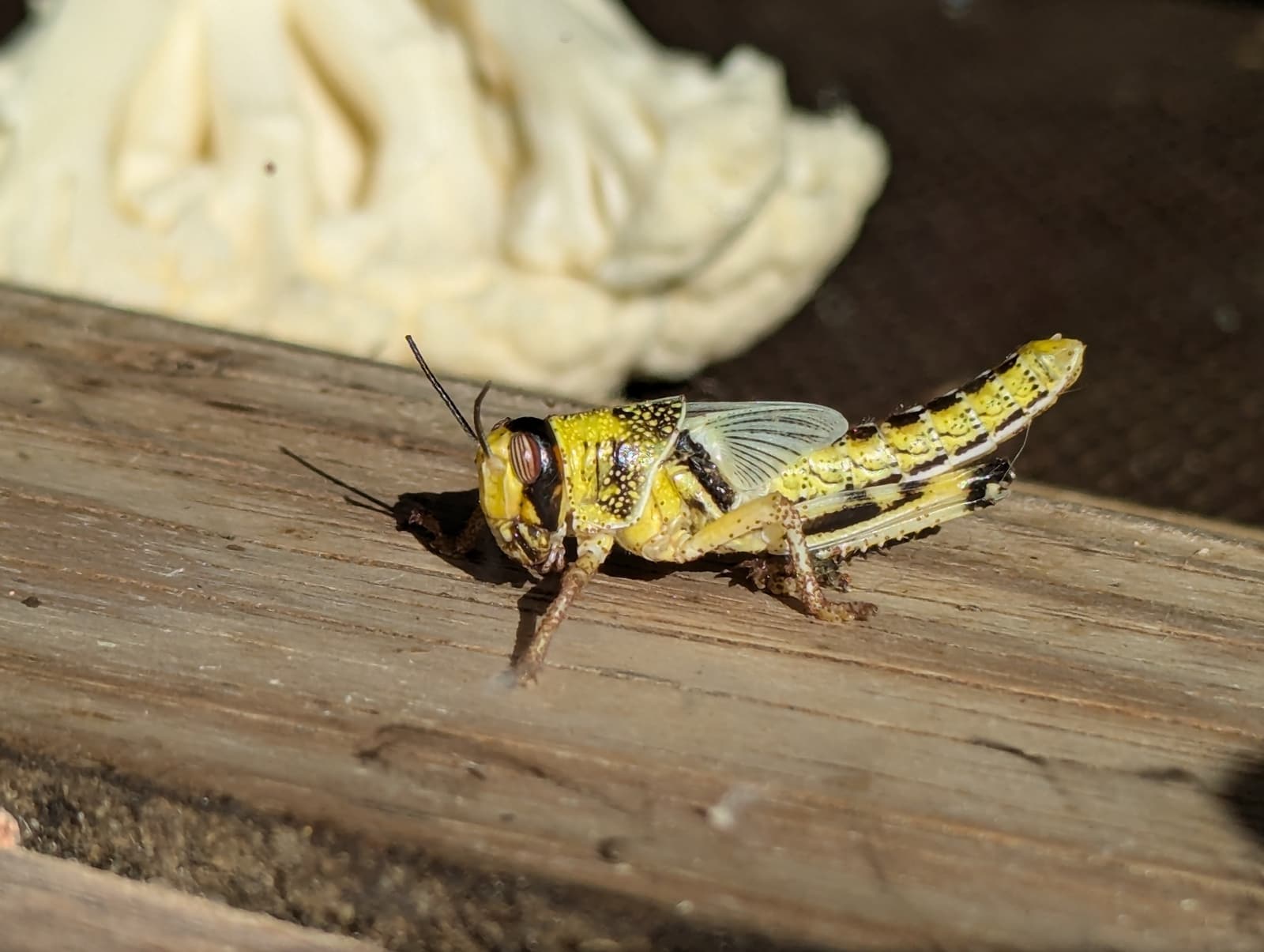
© Addshore / CC BY-SA 4.0
A locust exhibiting the darker coloration and robust body structure typical of the gregarious phase, showcasing the physical changes that occur during transformation.
Key Differences Between Grasshoppers and Locusts
| Feature | Grasshopper | Locust |
|---|---|---|
| Behavior | Solitary, territorial | Social, forms swarms |
| Size | 0.39-2.75 inches (1-7 cm) | 0.98-3.15 inches (2.5-8 cm) |
| Wing strength | Variable, species-dependent | Stronger, adapted for long-distance flight |
| Color changes | Stable coloration | Changes color based on population density |
| Movement range | Limited, typically within 1.2 miles (2 km) | Can travel up to 80 miles (130 km) per day |
| Diet impact | Consumes 0.35-0.42 oz (10-12g) of vegetation daily | Swarms consume up to 423M lbs (192M kg) daily |
Understanding the Transformation
The transformation from grasshopper to locust occurs when environmental conditions trigger a surge in serotonin levels. This chemical change initiates a cascade of physical and behavioral modifications:
- Muscle composition changes to support sustained flight
- Metabolism increases by up to 40%
- Body color darkens for improved heat absorption
- Brain size increases by 30% to handle complex social interactions
Behavioral Differences
Grasshoppers maintain solitary lifestyles, actively avoiding others of their species except during mating. In contrast, locusts exhibit complex social behaviors:
- Synchronized movement patterns
- Collective decision-making
- Coordinated feeding strategies
- Group-based migration patterns
Agricultural Impact and Control
While both insects can affect agriculture, their impact differs significantly:
- Grasshoppers: Cause localized damage, manageable through traditional pest control
- Locusts: Can devastate entire agricultural regions, requiring international intervention
Who Would Win: Grasshopper vs Locust
In a direct comparison, locusts demonstrate superior capabilities:
- 20% stronger flight muscles
- 30% larger brain capacity
- 40% higher metabolic rate
- Greater survival adaptations
However, this “victory” comes at a cost, as locusts typically have shorter individual lifespans due to their intense energy expenditure.
Conservation and Environmental Significance
Despite their reputation as pests, both grasshoppers and locusts play crucial roles in their ecosystems:
- Soil nutrient cycling
- Natural grass control
- Food source for predators
- Pollination of certain plants
Understanding these insects helps develop sustainable management strategies that protect both agricultural interests and ecological balance.
